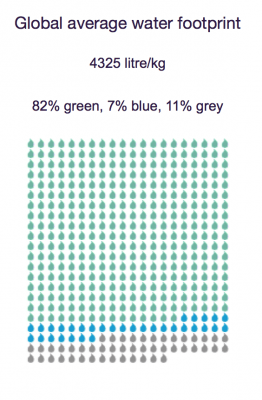I never understood the point of a front lawn. Its honestly just a green square that no one plays on, grills on, reads on, celebrates on, spends time on etc.. It’s just like a backyard with none of the purpose. All that strip of grass says is that the people who own that grass could afford to pay their water bill that month. According to an article published by the Earth Institute at Columbia University, the origin of modern lawns originated in the English gardens of the British nobility through the 17th and 18th centuries. Although, the lawn that we know andsee today was made widespread in North America by the production of the lawnmower in the 19th century. This Western phenomena has resulted in 30-40 millions acres of land used solely on lawns which has contributed to not only 5% of the nation’s air pollution through lawn maintenance (due to lawnmowers); more than 17 million gallons of fuel spill, excessive amounts of pesticides and fertilizers, but are responsible for consuming 30-60% of our urban fresh water. This water is used irresponsibly due to the poor application and timing of sprinkler systems.
One solution proposed by this article is xeriscaping, which is a kind of landscaping and gardening that “reduces or eliminates the need for supplemental water from irrigation” (dictionary.com). This kind of gardening is promoted in regions that do not have easy access to a reliable fresh water source. Other solutions proposed by the EPA are not overwatering your grass by only watering it when the grass does not bounce back under foot; an investment in an irrigation contractor that can reassure that your system is working efficiently; a wether-based irrigation system; and landscaping with only plants that are native to the local climate.
Water Sense, sponsored by the EPA has reported that that the “The average American family of four uses 400 gallons of water per day, and about 30% of that s devoted to outdoor uses. More than half of that outdoor water is used for watering lawns and gardens.” Although, they also reported that if a household were to implement a weather-based irrigation schedule a household can reduce their outdoor water use by 15%, and ultimately saving up to 37 gallons of water everyday. That means that, according to these statistics, 7.5732 billion gallons of water is produced by the 126.22 million households in America (according to the U.S. census) are devoted to lawns and gardening. Although, once this weather-based irrigation system is applied this reduction of 15% of urban fresh-water use would save us 1.13598 billion gallons of water everyday.




